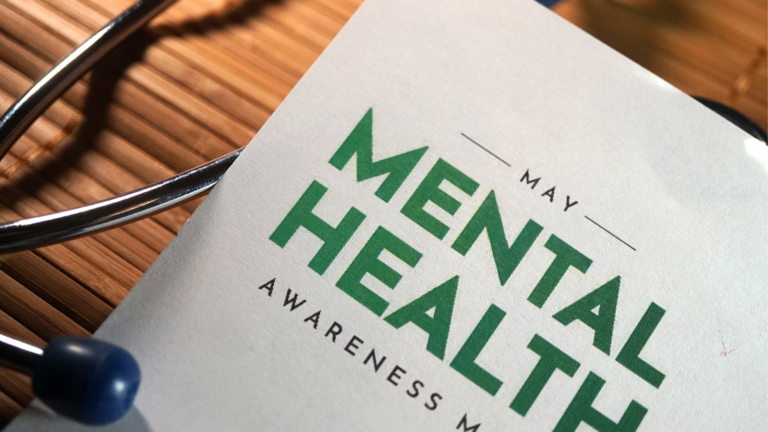Discrimination is again becoming a sensitive issue. We have all heard about the events in Ferguson, MO which ended in, whether justifiable or not, the tragic killing of an 18-year-old boy. You can probably think of other incidents in recent news of people being targeted or mistreated because of their race, gender, religion, disability, age or sexual orientation. So what can we learn from these events that we can apply to our everyday business life? The answer…a lot.
The Ferguson case, while a worst-case scenario, brings to mind the question of whether some timely actions from some people in positions of leadership could possibly have prevented the horrible result. It appears that the lack of such leadership resulted in a culture that many African Americans (read: protected classes in employment terms) felt marginalized them and viewed them as insignificant.
What can we learn from the Ferguson incident, what led to it and its aftermath, with regard to how discrimination – both actual and perceived – can be addressed in our own workplaces?
The US Justice Department recently released a 105-page report on the pervasive and persistent racism within the Ferguson police and court staff. When you read it, you will get a good sense as to how large problems can have their origins in a multitude of everyday, seemingly innocuous incidents, particularly when those incidents are left unaddressed.
It starts with comments, jokes and emails: The DOJ report cites emails as far back as November 2008 that contained disparaging and inappropriate comments and jokes about African Americans, Muslims and foreigners. The people who sent these emails not only never received any discipline from supervisors, but often the supervisors themselves forwarded these emails with comments about how amusing they were.
The lesson: Take immediate measures to immediately address discriminatory, harassing and/or derogatory comments, emails and jokes among staff members, regardless of who does it. The higher up an employee is, the more severe the punishment should be. Supervisors, managers and executives, given their influence and authority over other employees and the tone they can set among the workforce, should be held to a higher standard.
Endorsed discriminatory comments and jokes lead to a culture and attitude of discrimination as the norm, resulting in extensive disparate impact: The DOJ report also cites statistics showing a higher proportion of citations and arrests of African Americans in Ferguson. African Americans consist of 67% of the population of the city yet they accounted for 85% of vehicle stops, 90% of citations and 93% of arrests. These coincided with policies to use these for revenue-generation (via fines), as per a policy set by the Ferguson city manager. Police officers were rewarded for giving out excessive citations and fines, and they ended up targeting these toward members of the minority groups. Court clerks were rewarded for generating revenue by tacking on exorbitant fees, and many of those who received the citations could not afford to pay them. (These same clerks fixed and requested other municipalities to clear tickets for “insiders” such as the former FPD chief and co-worker’s relatives.)
The lesson: Ensure that no supervisor, department or process impacts a protected group negatively. It may not be intentional, but something as routine as a skills test, pay structure or job requirement could be inherently biased and therefore create an on-going form of discrimination.
The attitude of “they are less than us” creates a culture of accepted excessive behavior: The DOJ report further cites increased use of force against African Americans and other minorities. Ninety percent of documented force by police officers was against African Americans. The report also cites that the FPD used excessive force more often on clearly disabled individuals such as when police used an ECW (i.e., “Taser”) on a disabled person who, while having a seizure, bit the hand of an EMT. The FPD also had no effective process for documenting or reviewing use-of-force cases for validity or potential reprimand.
The lesson: Extreme workplace behavior such as terminations occur in all companies. Evaluate who is taking negative employment actions on your employees and the reason behind each instance. Even if justified by unacceptable performance evaluations, audit those evaluations to ensure they are legitimate and fair. Chronic disparate treatment of a group of employees can appear legitimate but be discriminatory at its core.
If you don’t fix it, someone else will at your expense: The Ferguson city manager and police chief have resigned and there is talk about a complete overhaul of the FPD and court clerk departments. I am sure the DOJ will be keeping close tabs on everything that group does for a while.
The lesson: Act now while you can. If you are charged in an EEOC discrimination claim, you lose the ability to correct things on your terms as well as potentially a lot of money and considerable damage to your company’s reputation along the way.
So what can we learn? Little things can grow into big things if not handled properly and timely. Examine your workforce for discriminatory behavior, even if it seems minor, and stop it. Train your supervisors to know discrimination when they see it and how to handle it. Document actions, discipline and changes thoroughly. Audit your processes, forms, workflow, etc. to make sure they are fair to everyone. Be consistent and treat everyone the same.
By Paige McAllister





